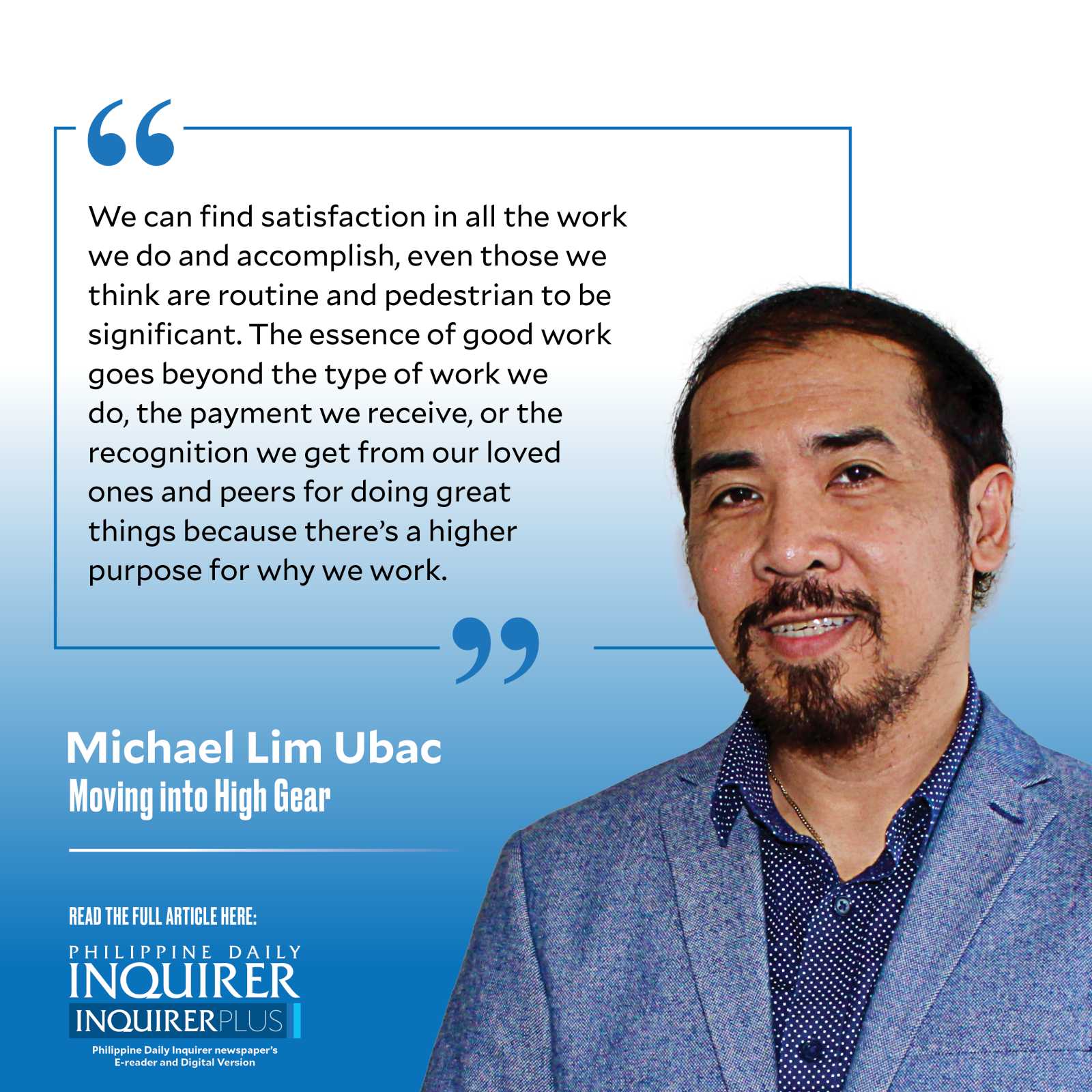
A museum that focuses on the evolution of human work has been steadily drawing art enthusiasts in the quiet city of Milwaukee, Wisconsin. The Grohmann Museum claims to have the world’s most comprehensive art collection on human work, which consists of 1,900 paintings, sculptures, illustrations on paper, and stained-glass works.
On the rooftop of the three-story museum is a sculpture garden surrounded by large bronze sculptures depicting men working in the field or foundry (a factory that manufactures metal castings). They have hammers or hot tongs that are bigger than a regular person’s head.
This columnist took many pictures of the collection only to amusingly find out belatedly, while perusing the museum brochure long after the visit, that the commissioned bronze sculptures were made in the Philippines—Liloan, Cebu—to be precise.
An art and bronze foundry owned by a trailblazing German-Filipino couple fabricated the smaller bronzes on display at the museum into large sculptures. The fabrication process, called a “lost-foam casting,” transformed these small sculptures from their original size of about 19 inches “to larger-than-life scale,” says the museum on its website (http://tinyurl.com/mwr4afr5). The six feet tall sculptures, which weigh 453.5 kilograms apiece, tower above the 1924-era renovated building. Their presence serves as the crowning glory of a museum built to pay homage to human work itself.
This trivia about the Visayan origin of the sculptures speaks volumes about the world-class talents of Filipino artists. As a journalist, my first impulse at the time was to track down these Filipino foundry workers and sculptors. Alas, it was a wistful thought since I was marooned last year in the United States midwest for my graduate studies. But the thought of getting to know and possibly meeting them in person preoccupied me for some time.
Besides artistry, the Filipino’s reputation for hard work is legendary. Just think about the 1.9 million overseas Filipino workers who, leaving their families behind, courageously work abroad, often doing double work shifts. In exchange for their sacrifices, Filipino migrants funneled back a whopping $33.6 billion in remittances to the Philippines in the first 11 months of 2023, government data shows. It’s no surprise that we refer to them as modern-day heroes.
Simplicity and complexity of work. The Grohmann Museum, dedicated to the evolution—and admiration—of human work, portrays working people in their natural environments. The novelty lies not in its collection of paintings and sculptures from 1580 to today (mostly by German and Dutch artists), but in the simplicity of what the collection depicts. The museum deliberately trains the spotlight on the people depicted in the artworks. The term “people” here refers to individuals like ourselves who do what we do best every day. As symbolized by the large bronze sculptures made in Cebu, the museum extols the beauty of work in all its simplicity and complexity. Every work has an intrinsic value—from everyday chores in the house to toiling on the farm, fields, and mines, to the precision work of carpenters, stone cutters, foundrymen, blacksmiths, and chemists, glass blowers, and the indispensable role of animals in human work.
The entire collection is a sight to behold, reminding visitors of two things: first, that there is no such thing as mundane work. All kinds of human work, done naturally and honestly, are good. Secondly, human beings are designed to work, to care and cultivate, to create and grow things.
But human greed has made work harder by distorting the value of labor.
Grohmann has provided the world with a permanent display of Philippine-made work of art. But the artworks at Grohmann don’t merely elevate every human work to its rightful status, as expressions of our humanity, with all its flaws. They remind us that despite the often-conflicting definitional views on our life’s vocation and the nature of our current work, work can be redemptive.
We can find satisfaction in all the work we do and accomplish, even those we think are routine and pedestrian to be significant. The essence of good work goes beyond the type of work we do, the payment we receive, or the recognition we get from our loved ones and peers for doing great things because there’s a higher purpose for why we work.
In “Why Work?” (1942), the 20th-century English novelist, playwright, and social critic Dorothy Sayers described work “not as a necessary drudgery to be undergone for the purpose of making money, but as a way of life in which the nature of man should find its proper exercise and delight and so fulfill it to the glory of God.” She added: “A society in which consumption has to be artificially stimulated in order to keep production going is a society founded on trash and waste, and such a society is a house built upon sand.”
(More on the secular-sacred divide in my next column.)
—————-
For comments: lim.mike04@gmail.com; @umichaell

